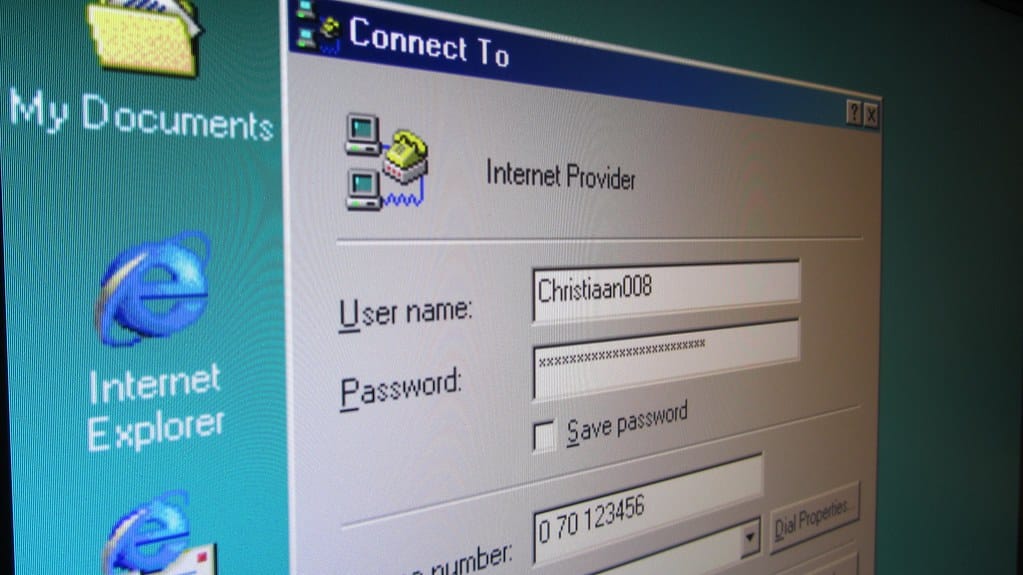AOL's Dial-Up Era Officially Ends: The Last Modem Falls Silent After 34 Years
The distinctive screech of a dial-up modem connecting to the internet has finally gone quiet at AOL. After 34 years of providing dial-up internet access, the company that once dominated America's online experience has officially discontinued its dial-up service, marking the end of an era that defined the early internet age.
The announcement, made quietly through customer notifications in recent weeks, affects the remaining subscribers who continued to rely on AOL's dial-up service well into the broadband age. While the company transitioned its focus to other ventures years ago, this final closure represents more than just a business decision—it's the definitive end of dial-up internet's mainstream presence in American homes.
The Rise and Fall of Dial-Up Dominance
AOL's journey began in 1989 as America Online, quickly becoming synonymous with internet access for millions of Americans. At its peak in 2002, the company boasted over 26 million dial-up subscribers, making it the largest internet service provider in the United States. The iconic "You've Got Mail" notification became as recognizable as any television jingle, and AOL's walled-garden approach to the internet shaped how an entire generation first experienced cyberspace.
The company's success was built on making the internet accessible to everyday users through simplified software, chat rooms, and curated content. AOL CDs became ubiquitous, flooding mailboxes and magazine covers with promises of free trial hours that introduced countless Americans to email, instant messaging, and web browsing.
The Broadband Revolution
The decline began in the mid-2000s as broadband internet became more widely available and affordable. Cable and DSL connections offered speeds that made dial-up's maximum 56 kilobits per second seem glacially slow. While AOL attempted to pivot to broadband services and other digital ventures, the company never regained its former dominance.
By 2010, AOL's dial-up subscriber base had shrunk to approximately 3.5 million users. The company was acquired by Verizon in 2015 for $4.4 billion, a fraction of its peak valuation of $350 billion during the dot-com boom. Despite the broader industry's move away from dial-up, AOL continued to serve customers in rural areas where broadband infrastructure remained limited or expensive.
The Last Holdouts
Recent data suggests that fewer than 200,000 Americans still relied on dial-up internet as of 2023, primarily in remote rural areas where broadband options remain scarce or prohibitively expensive. For these users, dial-up represented not nostalgia but necessity—a lifeline to email, basic web browsing, and essential online services.
"For many of our remaining customers, we were their primary connection to the digital world," explained a former AOL customer service representative who requested anonymity. "Some had been with us since the 1990s and simply couldn't access or afford broadband alternatives."
What This Means for Rural Internet Access
AOL's exit from dial-up service highlights ongoing challenges in America's digital divide. While 5G networks and satellite internet services like Starlink offer new possibilities for rural connectivity, significant gaps remain. The Federal Communications Commission estimates that approximately 14.5 million Americans still lack access to reliable broadband internet.
The end of AOL's dial-up service forces these remaining users to seek alternatives, whether through satellite providers, mobile hotspots, or waiting for expanding fiber networks to reach their areas. Some may find themselves temporarily without internet access at home, exacerbating digital inequality in an increasingly connected world.
The End of an Internet Era
AOL's dial-up shutdown represents more than just technological obsolescence—it marks the final chapter of the internet's pioneering age. The company played a crucial role in democratizing internet access, introducing millions to email, chat rooms, and the world wide web when these concepts were revolutionary rather than routine.
As we bid farewell to the last commercial dial-up service, we close the book on an era when connecting to the internet required patience, planning, and the willingness to tie up the phone line. AOL's 34-year run reminds us how rapidly technology evolves and how yesterday's innovation becomes today's historical curiosity.
The silence where dial-up modems once screeched their digital handshakes signals not just the end of AOL's original service, but the completion of America's long transition from the early internet age to our current era of ubiquitous, high-speed connectivity.
